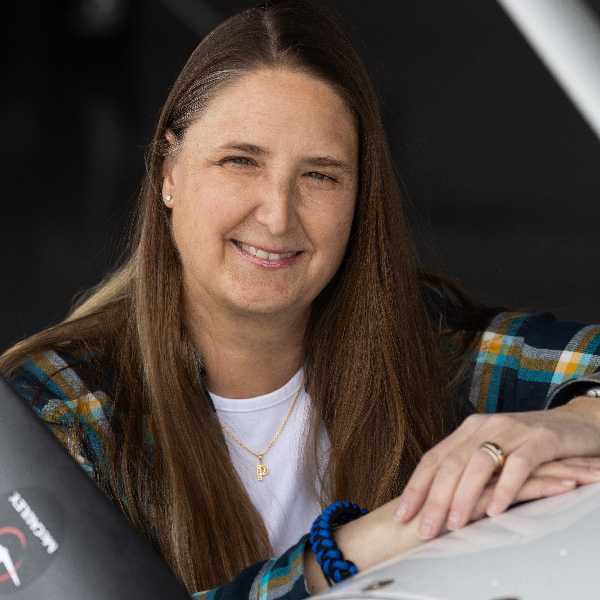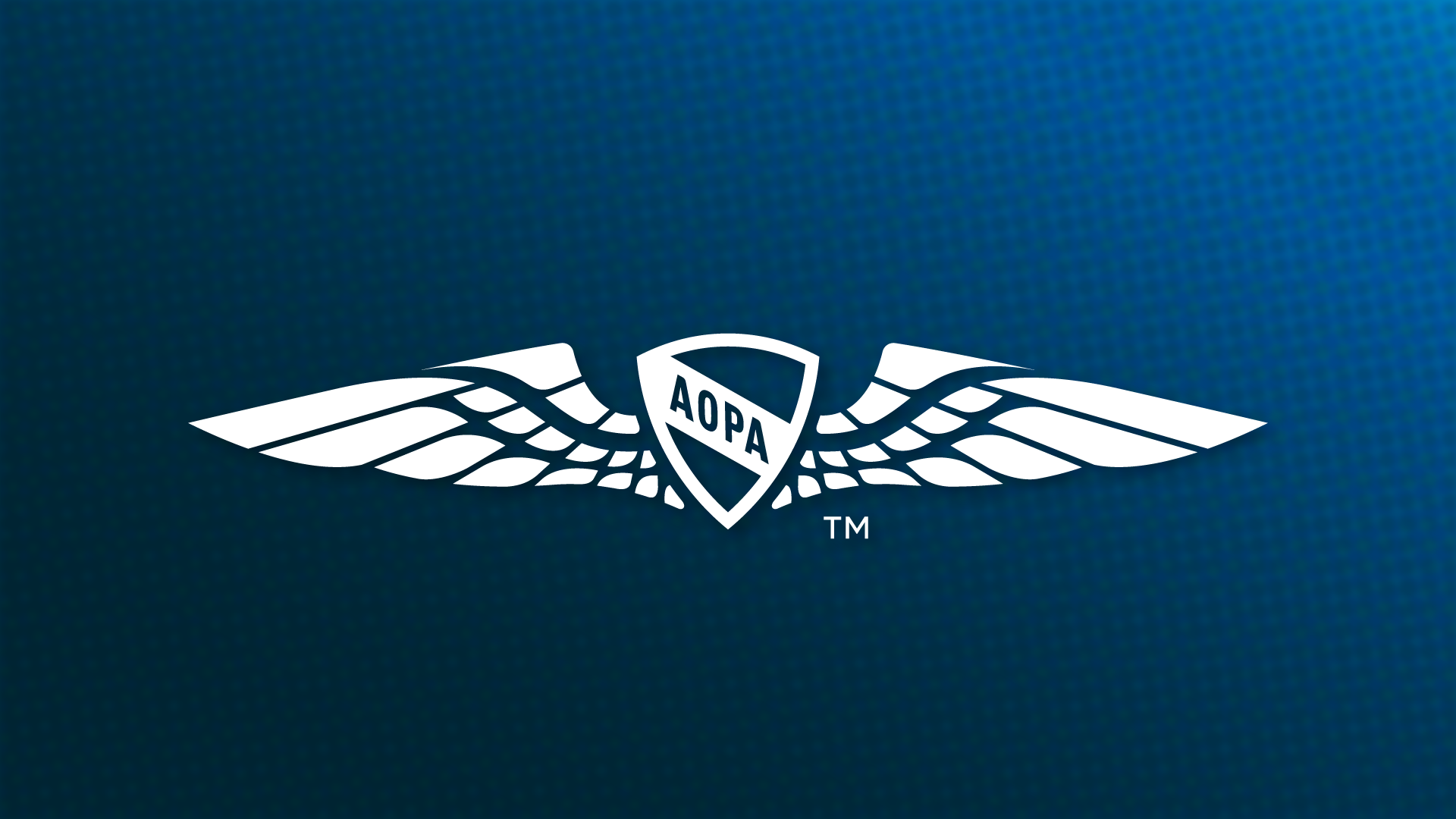Hydration helps
Keep yourself fed and watered throughout the summer

Flying in the summer has its perks. The weather can allow us to take trips that would be impossible at other times of the year (unless of course there are thunderstorms, which is another problem entirely), and the long days allow us to stretch our flying legs far and wide.
But amid blue skies and idyllic summer sunsets, the higher temperatures bring physiological challenges for every pilot. Dehydration can limit or even completely impair human performance, degrade coordination, and increase reaction times, especially if that person is operating in an older piston aircraft with the only climate control being an air vent.
After you’ve assessed your aircraft’s performance in high temperature and—if applicable—high humidity and high density altitude environments, take a good long look at the pilot’s state of well-being before launching on a hot summer day. Remember the acronym IMSAFE. It’s a way to assess your personal preparedness for any aviation outing. IMSAFE stands for Illness, Medication, Stress, Alcohol, Fatigue, Emotion—all the human factors you need to check to make sure you are mentally and physically fit to operate an aircraft. Makes sense, right?
Nothing in IMSAFE directly addresses the issue of hunger or dehydration. If you’re “hangry” that doesn’t help anyone, least of all yourself. So, a good rule is to always travel with snacks in your flight bag. Take care not to leave open food in your aircraft. It can attract mice or other critters.
But much more important than food is fluids. Becoming dehydrated while flying can cause major problems on every level. Dehydration is a leading cause of fatigue, confusion, and impaired judgment, also sometimes referred to as “brain fog.” Even if the temperature outside is comfortable, direct sunlight onto a clear canopy, for example, can cause the temperature inside the cockpit to soar rapidly and lead to severe heat stress for its occupants. Always, always, always have a stash of water within reach on the flight deck. As temperatures rise, the human body begins to allocate resources toward temperature regulation rather than optimal brain function. Pair that “brain fog” with the stress of flight planning, training, and/or execution, not to mention operating at low altitudes, and all that put together could end up being a dangerous mix.
Most older general aviation piston aircraft don’t have built-in air-conditioning units, and pilots must rely on passive airflow, air vents, or simply opening the windows for cool air to enter the cockpit. In those airframes with a clear canopy, like the Van’s RV–12, it doesn’t take long to begin baking inside that Plexiglas oven.
It’s easy to underestimate the effects of dehydration. When flying in the desert West, I was always told that if you are thirsty, you are already dehydrated. Studies have shown that even mild dehydration—one to two percent of body weight in fluid loss—can have significant detrimental effects on cognitive function, memory, and decision-making. Sometimes, dehydration results in the same symptoms you’d experience if you had hypoxia: dizziness, confusion, and being less alert.
Sometimes brain fog will come with physical symptoms, too—muscle cramps, headaches, and lightheadedness are some of the obvious initial signs that something is just not right and you’re not at peak performance. And don’t forget that fatigue sets in faster as workload, stress, and risk increases.
If you’re headed to a backcountry fly-in, an airshow, or a family trip to a favorite summer getaway, be prepared and smart about the safety challenges associated with the heat. Fly most of the journey a little earlier in the day, when the temperatures have not yet hit their peak. Wear light, breathable clothing that will help your body regulate its temperature. Know the signs of dehydration, and your body’s tolerance of the warmth. Have supplies on hand and be prepared to change your plans should you feel less than 100-percent prepared for the mission you have planned. 




